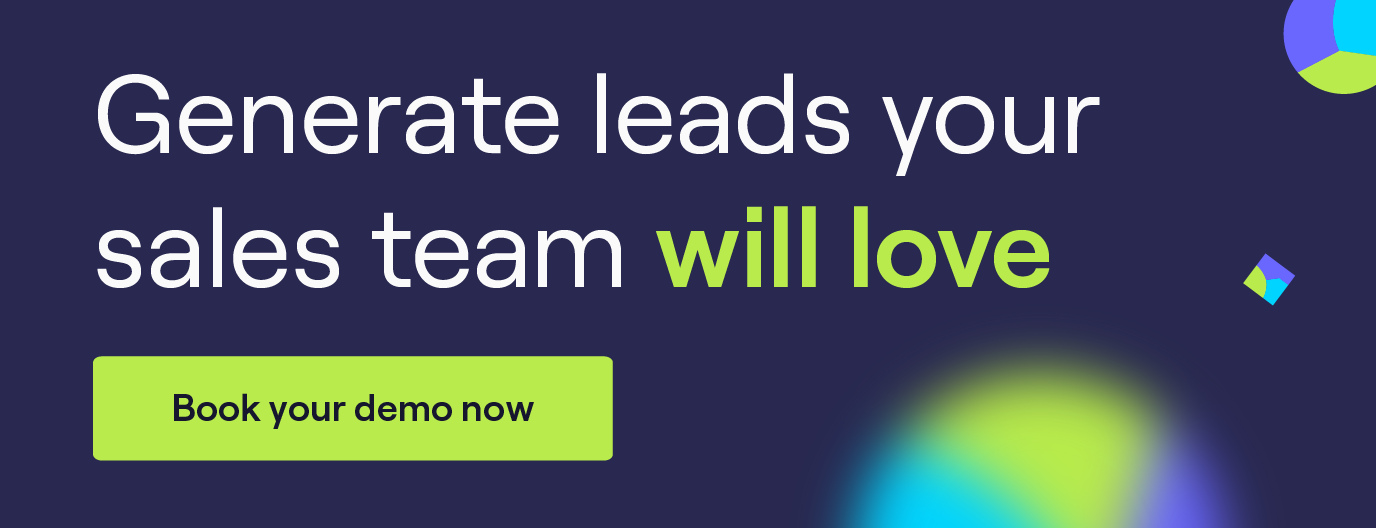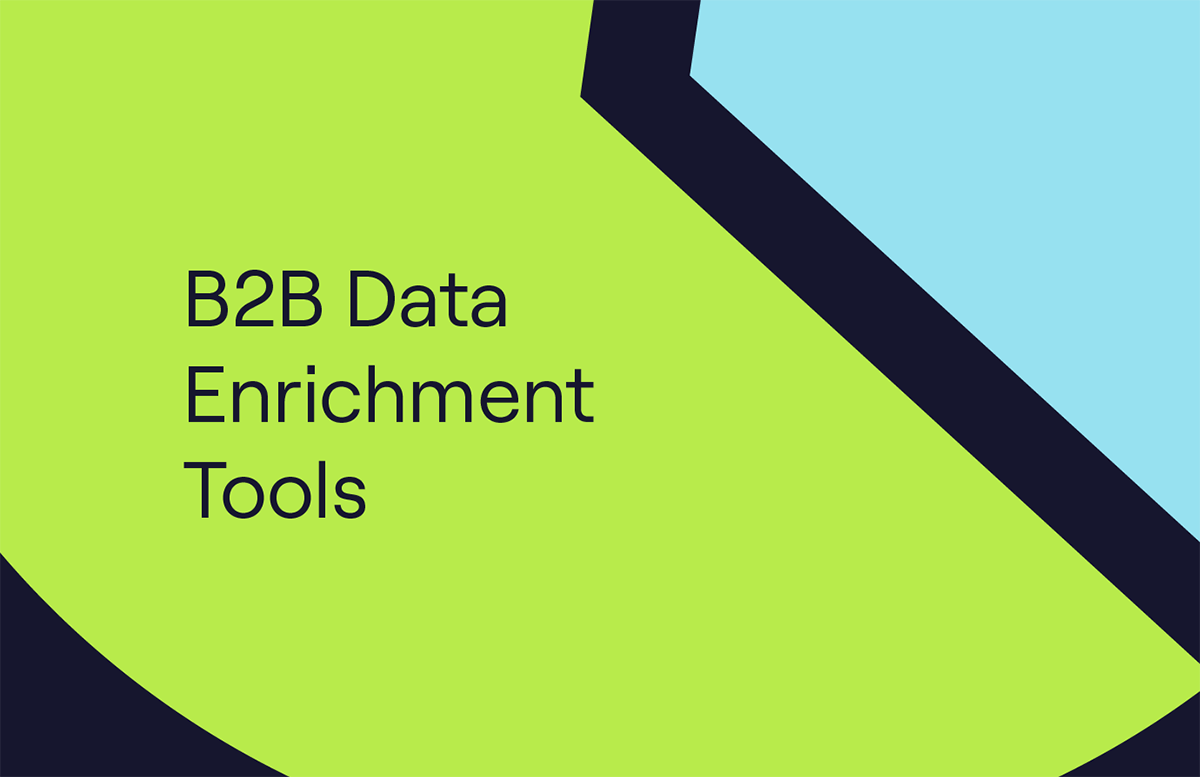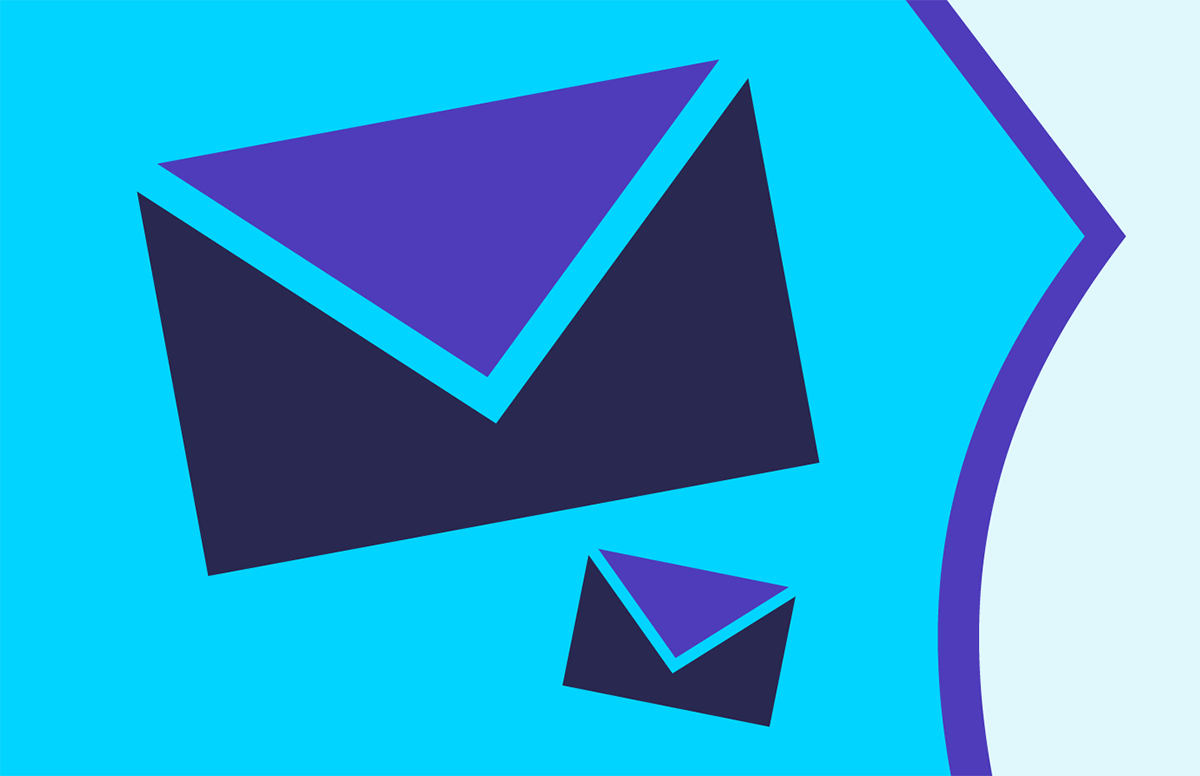Waterfall Data Enrichment: Pros & Cons [2026]
In the world of pixels and screens, B2B data is the main ingredient for making better sales and marketing decisions.
But often, the data gathered is incomplete or fragmented and misses critical insights.
To combat this, companies invest in data enrichment to ensure their CRMs contain accurate and complete B2B data.
Some opt for waterfall enrichment - a process that uses multiple data sources to verify and improve prospect data.
But is this the best way to go?
Here, we’ll discuss how waterfall data enrichment works, its benefits and challenges, and how Cognism’s approach to lead enrichment sets it apart from other tools in the market 👇
What is waterfall enrichment?
Waterfall enrichment is a method that integrates various data sources to improve and confirm prospect information, leading to more detailed and accurate B2B datasets.
This approach is essential in customer relationship management (CRM), marketing, and sales.
Why?
Because accurate and complete data is essential for targeted outreach and informed decision-making.
How does waterfall enrichment work?
Waterfall enrichment is a step-by-step method that improves raw data by integrating it with insights from various third-party sources.
A primary data provider is used first in a typical waterfall enrichment setup. If this primary source doesn’t fill in all the data gaps, the system moves to a secondary provider, and so on.
This process continues until the data is complete or all designated sources have been queried.
The “waterfall” analogy is apt, as the process flows downward, layer by layer, until the data reaches a higher level of completeness and reliability. In this context, ‘waterfall’ refers to the sequential flow of data from one source to another, similar to how water cascades down a series of steps.
Here’s an infographic showcasing the process of waterfall data enrichment:

For instance, if a company is enriching its lead data, it might start with a provider that excels in contact information. If the provider lacks industry or company information, it moves to the next provider specialising in this area.
This step-by-step approach is said to ensure a higher match rate.
Pros and cons of using a waterfall enrichment method
Waterfall data enrichment has four main benefits: reduced data decay, minimised spending on multiple vendors, and data completeness.
However, there are also several challenges to using a waterfall enrichment method.
Let’s take a deeper look 👇
1. Complex implementation
Setting up a waterfall enrichment process can be complex.
It involves selecting, integrating, and configuring multiple data providers, each with unique data formats, refresh rates, and strengths.
Companies must design workflows that account for these differences, ensuring each provider’s data can be effectively incorporated.
Without careful planning, the complexity of managing multiple integrations can become overwhelming, hindering the enrichment process’s efficiency.
You can use waterfall enrichment tools like Clay, which scrapes several data vendor databases; however, this can lead to compliance concerns.
Some data providers aren’t CCPA and GDPR-compliant, so using partner data can create confusion about where the data comes from and whether it’s following B2B compliance rules.
2. Data privacy and compliance concerns
As B2B data flows through multiple third-party sources, ensuring compliance with data privacy regulations becomes increasingly challenging.
Each provider has its data collection practices, which may or may not align perfectly with industry standards.
Companies are responsible for verifying that each provider adheres to all relevant regulations, which can be complex and time-consuming.
Any compliance lapse could expose the organisation to regulatory penalties, making compliance management a critical aspect of waterfall enrichment.
Why is compliance so important?
When you contact prospects for sales or marketing purposes, you might be contacting a business, but you’re still contacting individuals. All individuals have data-related rights that must be protected.
Some have opted out of marketing or haven’t even consented to having their data used for these purposes. Others may have signed up for a do-not-call list. If you contact a customer who has opted out of marketing, hasn’t been notified of their data being used, or is on a DNC list, you may be in for a big fine.
Instead, to avoid a compliance nightmare, choose a data provider with strict compliance policies, like Cognism.
Directeur informatique @Henderson Scott

3. Inconsistencies with data quality
Like diligence to compliance, not all data providers have the same standards for data quality.
Inconsistencies may arise when combining information from various sources with variations in data formats, accuracy levels, and update frequencies.
For instance, say you’re using Cognism, and you choose to use another tool that doesn’t offer verified data alongside it.
Cognism will enrich your database with the correct data—data that’s been phone verified—while the other tool might replace that data with the wrong number, but the correct name.
This could be because they’ve taken data from a customer who uses a provider that supplements its database using their CRM data. All the details in the CRM are correct, but the number goes to someone with the same name at a different company.
Your sales team will be horrified, which can lead to a lack of sales motivation when it happens over and over again.
To mitigate this, organisations often need additional data cleansing or normalisation tools, which add more layers to the process, incur extra expense, and increase operational complexity.
4. The added costs
Speaking of additional costs, while waterfall enrichment can be cost-effective, leveraging multiple data providers can still involve significant expenses, especially when working with premium providers that offer highly specific data.
Companies must balance cost and value, strategically selecting providers delivering the highest ROI for their needs.
Mismanagement here can lead to high costs with minimal value added.
Want to avoid all of these waterfall enrichment risks?
Why not go with a provider that frequently verifies and updates its dataset - focusing on providing the best quality data over a massive database of incorrect numbers?
Choose Cognism, like Redgate did 👇
Global Sales Development Leader @Redgate

How does Cognism’s data enrichment differ from waterfall enrichment tools?
Cognism stands out by offering an approach to lead enrichment that addresses some of the common challenges faced by traditional waterfall enrichment.
Here’s how Cognism differentiates itself from other data enrichment providers:
1. Proprietary and comprehensive data sources
Unlike many traditional waterfall enrichment tools that rely solely on third-party sources, Cognism boasts proprietary data sources maintained, verified, and constantly updated by its internal teams.
This proprietary data includes exclusive insights, such as verified and compliant contact data, ensuring businesses can access fresh and accurate data. This reduces dependency on external providers and improves the overall quality of the enrichment process.
2. Frequent updates for enhanced data quality
Cognism leverages machine learning algorithms to refine data quality and filter out inaccuracies or redundancies common in waterfall enrichment processes.
This process checks millions of data points daily, and a team of researchers verifies the data. This stringent verification process applies to Cognism’s entire database.
Cognism’s ultimate goal is for customers to have more conversions, so to tackle duplicates, it uses proprietary scoring algorithms to determine the most accurate data for each company or contact.
You can set up scheduled enrichment jobs that keep specific data cohorts fresh and actionable, as well as enrichment job criteria that instantly improve the accuracy and completeness of the record as it hits your CRM – increasing validity and follow-up success for reps.
This technology-driven approach to data refinement ensures consistency and maintains high levels of accuracy that can be difficult to achieve with a traditional waterfall approach.
3. Focus on compliance and security
Data privacy and compliance are at the forefront of Cognism’s approach. In fact, compliance was built into Cognism from the start!
Cognism’s built-in GDPR and CCPA compliance measures give businesses confidence in their data handling processes and reduce the regulatory risks of using multiple data providers.
By prioritising compliant data sourcing, Cognism helps companies avoid costly compliance missteps, like ICO fines, that may occur when using a waterfall enrichment service.
4. Customisable data solutions for targeted enrichment
Cognism enables businesses to tailor their enrichment strategies with Instant CRM Enrichment, Scheduled CRM enrichment and On-Demand CSV Enhance.
Here’s a rundown of each:
On-demand CSV enrichment
Enhance allows your end users to enrich their lists whenever necessary.
Upload your CSV file, and Cognism will automatically complete the missing information for your team.
This customisation means that your teams can action the contacts that drive revenue.
Enrichment secures CRM data health and ensures efficient lead follow-ups with improved lead scoring and rep assignment.
This targeted approach streamlines enrichment and optimises costs because your team isn’t wasting time calling dead numbers.
API enrichment
The Cognism company & contact API will give you direct access to our powerful data engine. Search and enrich company and contact information in the place you need it most, whether that be your CRM, other systems, or your product.
See how Cognism Enrich works - take an interactive tour 👇
5. High match rates across various data types
Due to its extensive and verified data sources, Cognism achieves higher match rates across various data categories than many traditional waterfall enrichment tools.
This is crucial for companies aiming to build complete customer profiles without gaps.
The high match rates offered by Cognism allow businesses to achieve a fuller, more accurate understanding of their customers, facilitating effective targeting and engagement. This may not be possible with an enrichment waterfall.
6. Orchestrate your data with Cognism Data as a Service
The DaaS model simplifies access to and integration of data. Organisations can draw information from various sources via a service-oriented architecture, incorporating it seamlessly into their applications. Intuitive APIs ensure that obtaining and handling the data is straightforward, regardless of the sector.
Cognism’s DaaS, for example, offers flexible delivery options to integrate B2B data in the format and frequency of your choice:
- API & Flat File delivery: Real-time enrichment or scheduled batch drops via Snowflake, S3, Google Cloud, Databricks or SFTP
- Data quality & compliance: Audit-ready metadata and consent trail are aligned with GDPR, CCPA, and PECR.
- Continuous value realisation: ROI benchmarking, usage health reviews and expansion scoping.

Waterfall enrichment challenges in EU expansion
Waterfall enrichment can be particularly risky when companies are targeting or expanding across EU regions.
All countries apply the GDPR in their own ways. They have variations such as double opt-in, which is common in Germany, or specific outreach limitations, such as France’s contact rules.
As data flows through a variety of third-party vendors, tracking consent trails and ensuring region-specific compliance becomes more complex.
Inconsistent formatting of names, job titles, or company structures across countries further impacts match rates. This is why relying on a cascade of global vendors can lead to inflated data, unreachable contacts and even non-compliant records.
For GTM teams expanding into Europe, these risks aren’t only operational, but they can also delay launches and waste resources.
Choose a DaaS provider that prioritises EU data quality and localisation, along with built-in compliance, to ensure that your enrichment workflows align with regional laws, languages, and business norms from the start.
Data enrichment without the risk
Waterfall enrichment does come with its own set of challenges, including:
- Integration issues.
- The risk of compliance irregularities.
- Incorrect email addresses.
- The use of personal emails.
- Targeting problems.
Choose a provider that takes quality seriously from the start to avoid complex implementation, costs, compliance nightmares, and data quality inconsistencies.
Cognism’s data enrichment approach mitigates some of these traditional challenges. With proprietary data sources, advanced AI capabilities, and a compliance-first approach, Cognism delivers a comprehensive and reliable enrichment solution tailored to the needs of modern businesses.
For organisations looking to maximise their data’s value without compromising on quality or compliance, Cognism’s approach to data enrichment is a valuable asset in their digital arsenal.
Generate 1.7x more business opportunities than ever before. Enrich ensures you close more deals with reliable, accurate B2B data, faster follow-ups, and an actionable CRM.


/csv%20enrichment/csv-enrichment-card.webp)
